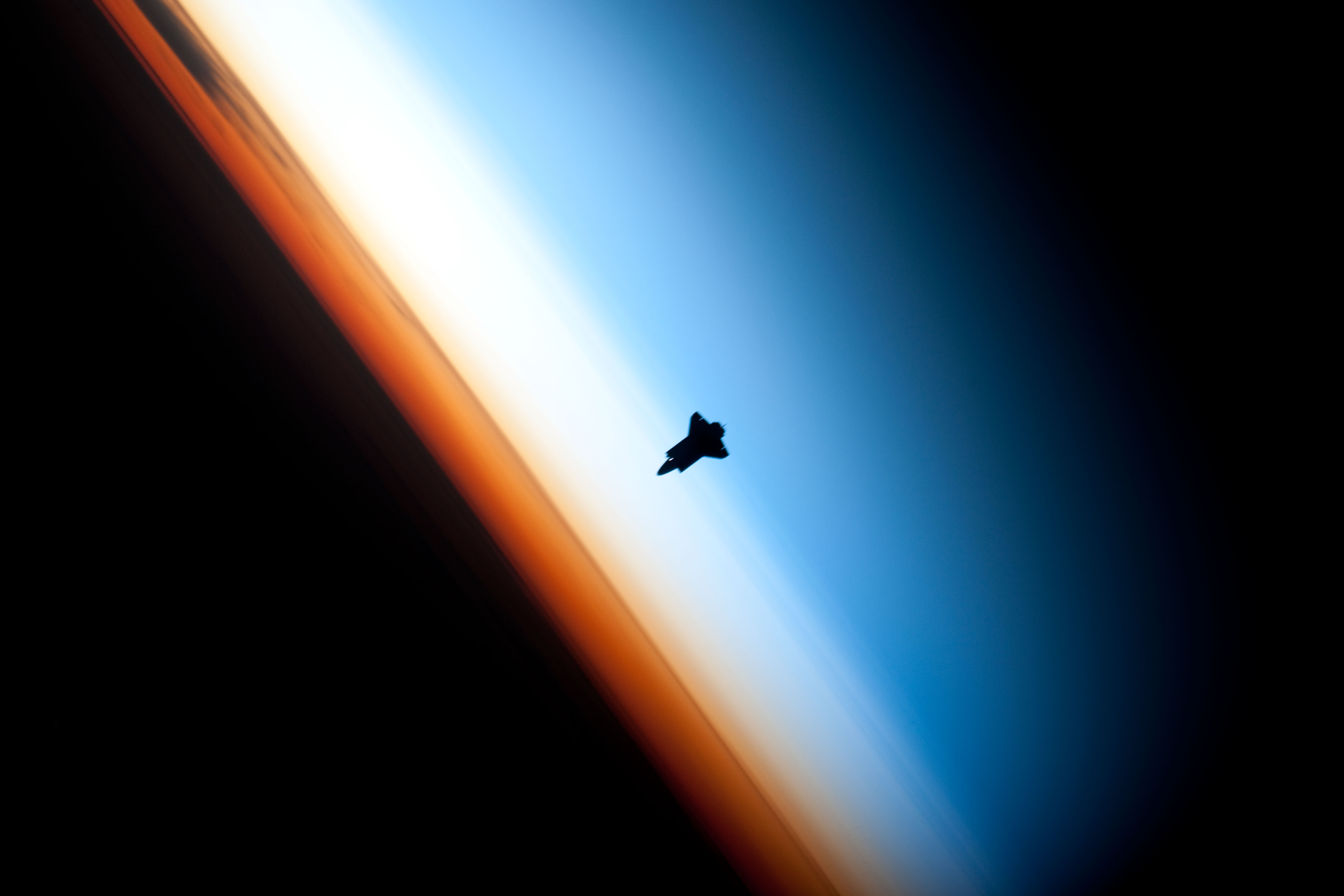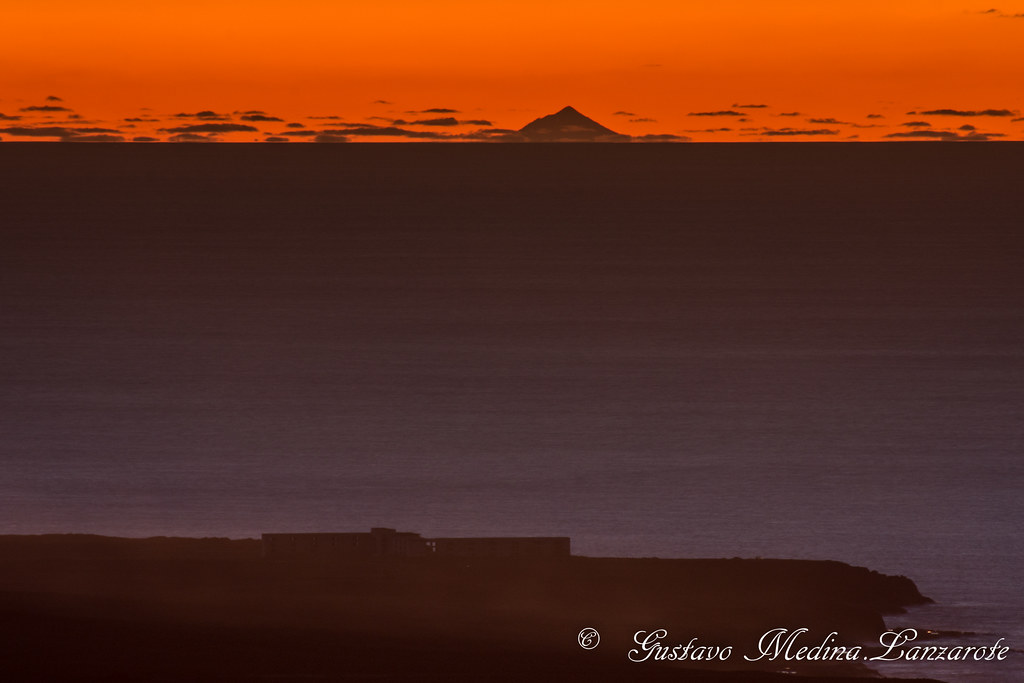Introduction.
To answer this question let’s start by analyzing its etymology, the word “horizon” comes from the Ancient Greek ὁρίζων (horízōn, “definite boundary”) participle of the verb [ὁρίζω](https://en. wiktionary.org/wiki/%E1%BD%81%CF%81%CE%AF%CE%CE%B6%CF%89#Ancient_Greek “ὁρίζω”) (horízō, “to define, determine”) which comes from the noun ὅρος (hóros, “boundary”).
To observe the horizon a three-dimensional space is necessary, in higher physical dimensions it could also occur but with another geometry. It also requires a separation of media to observe it, in which the horizon forms the base that separates both media while the vertical would be the height, in the case of the earth the horizon separates the atmosphere from the land or sea surface.
The main point to understand the concept of horizon is that it is an optical phenomenon independent of the geometry of the surface, it is always a horizontal line that forms a circle around an observer, located at the same height for any distance and height. And it occurs due to the behavior of light in the medium in which we are immersed, usually air.
Light always travels in a straight line and seeks the shortest optical path, i.e. the one that takes the least time to travel, which is why there are the phenomena of refraction and refraction, and convergent or divergent rays depending on the types of lenses.
Now that we know that the horizon is conditioned by the behavior of the optics, let’s move on to the factors involved. They can be grouped into two: visibility of the environment (usually the atmosphere) and perspective.
- The visibility depends on the environmental factors with their associated thermodynamic variables: the particles of the medium (number of moles (R)), the density of the medium (d=m/V, m: mass and V: volume), the electrostatic charge ($mu$), the temperature (T), the pressure (P); all of them intrinsically related. In addition, the angle of incidence of the light, the intensity and the illumination of the object have an influence. Atmospheric visibility is mainly reduced by:
- The concentration of particles in the air such as fog, haze, humidity, rain.
- The density of the air which decreases with altitude.
- The perspective is determined by the height with respect to the surface and the distance at which objects are observed on the horizon, as objects move away their size becomes smaller. The higher the height, the more distant objects can be observed because the field of view increases.
In this VR case it looks somewhat curved because when creating the 360° video it stitches together the captures from several cameras and the circular view is stitched together.



How far is the horizon?
The distance to the horizon is not fixed and varies according to the parameters mentioned above. The horizon cannot be reached because it is an optical phenomenon, what can be reached are the objects that are in front of it.
Now the shape of the environment in which we are immersed modifies the distance to the horizon. For a spherical terrestrial model of 12 742 km in diameter, its maximum distance would be determined by the shape but it would still be an optical effect. Geometrically it would be impossible to observe from sea level any object (including Everest) beyond 336 km since the occultation of objects by curvature is 8858 meters greater than Everest.
Regardless of the shape, atmospheric visibility has a limit that varies according to the factors mentioned above. At sea level the visibility normally does not exceed 100 km, this can be checked with islands that are separated at coast level about 100 km and some days are visible and others are not. The range of 30-60 Km is usually visible in normal conditions and in good conditions the visibility reaches up to 200-300 Km. For this to happen the air has to be very clean, the light has to hit the object at an angle that makes it focus (either at dawn or dusk) and the clouds act as a light screen with the reflection of the sun’s rays.
In reality there is no earth curvature, at sea level you can observe objects that should be hidden for several kilometers, more verifiable as we climb in height having more field of view and better visibility as objects can be observed that should be hidden for hundreds of kilometers.
There are many cases where objects that should be completely hidden, are visible from the base with less visibility in the lower areas due to the higher atmospheric density and clouds that usually cover the surface.
The curve cut-off at sea level depends on the altitude, here is a table as a scheme:
| Altitude | Distance to the curvature cutoff |
|---|---|
| 0.01 Km | 3.56 Km |
| 0.1 Km | 35 Km |
| 1 Km | 112 Km |
| 10 Km | 357 Km |
| 100 Km | 1133 Km |
| 1000 Km | 3707 Km |
Example: photograph of El Teide (Tenerife) taken from Los Ajaches (Lanzarote) at 290 Km distance and 429 meters high. The curvature occultation would be 3663 meters and the Teide measures 3719 m, so only the highest 56 m would be visible. However, Teide is seen from 2000 meters and the lower part is covered by the sea of clouds and by visibility, not by a cut. In fact, comparing with another photo, it can be seen that the lower part of Tenerife is visible up to 1800 meters, and the rest is hidden by visibility.


Calculation of curvature at 429 m altitude and 290 km distance